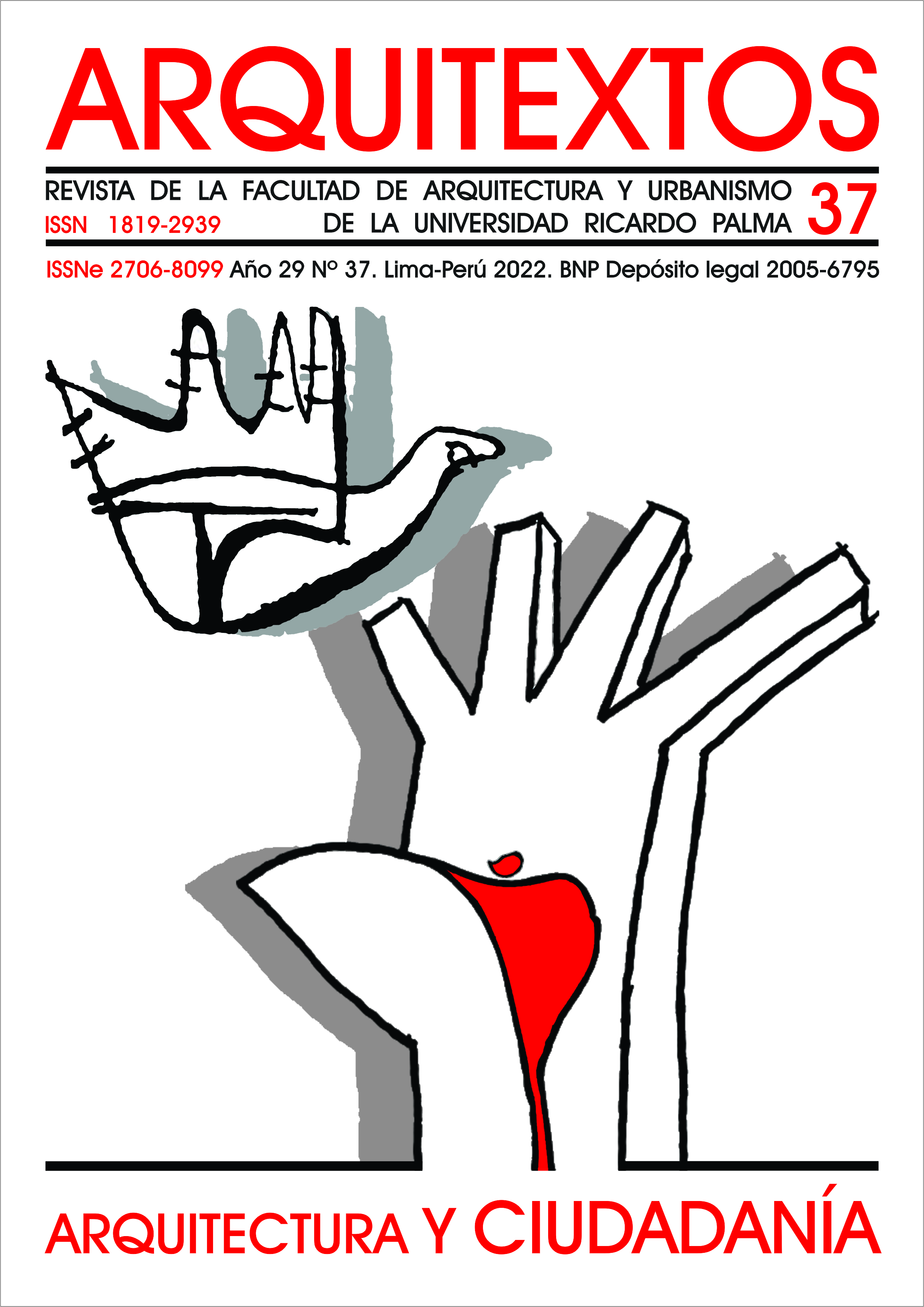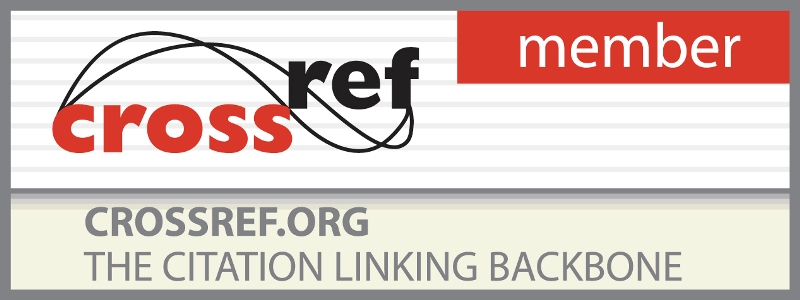Tactical urbanism(s) in Lima-Peru. 2001-2021. Other forms of production of public space
DOI:
https://doi.org/10.31381/arquitextos37.5474Keywords:
tactical urbanism, urban regeneration, public space, citizenshipAbstract
In the last decades, many urban projects have proliferated in Lima that we could consider as tactical urbanism (UT). The heterogeneity of UT projects is what motivated this article. The research carried out a critical comparative analysis of some of the most significant experiences carried out in Lima. A total of nine projects were selected as case studies and analysed on the basis of three main dimensions: spatial, temporal and civic. The results indicate that formally all the projects are similar, but there are major differences in the three dimensions analysed, especially in the civic one. The timeline indicates that the UT projects have increasingly abandoned aspects such as the popular vision, the involvement of local actors and the development of social capital, which are part of the civic dimension. The research shows a progressive institutionalization of the UT. In this process, the UT ceases to be a civic act of reaction, resistance and claim to the top-down urbanism.








